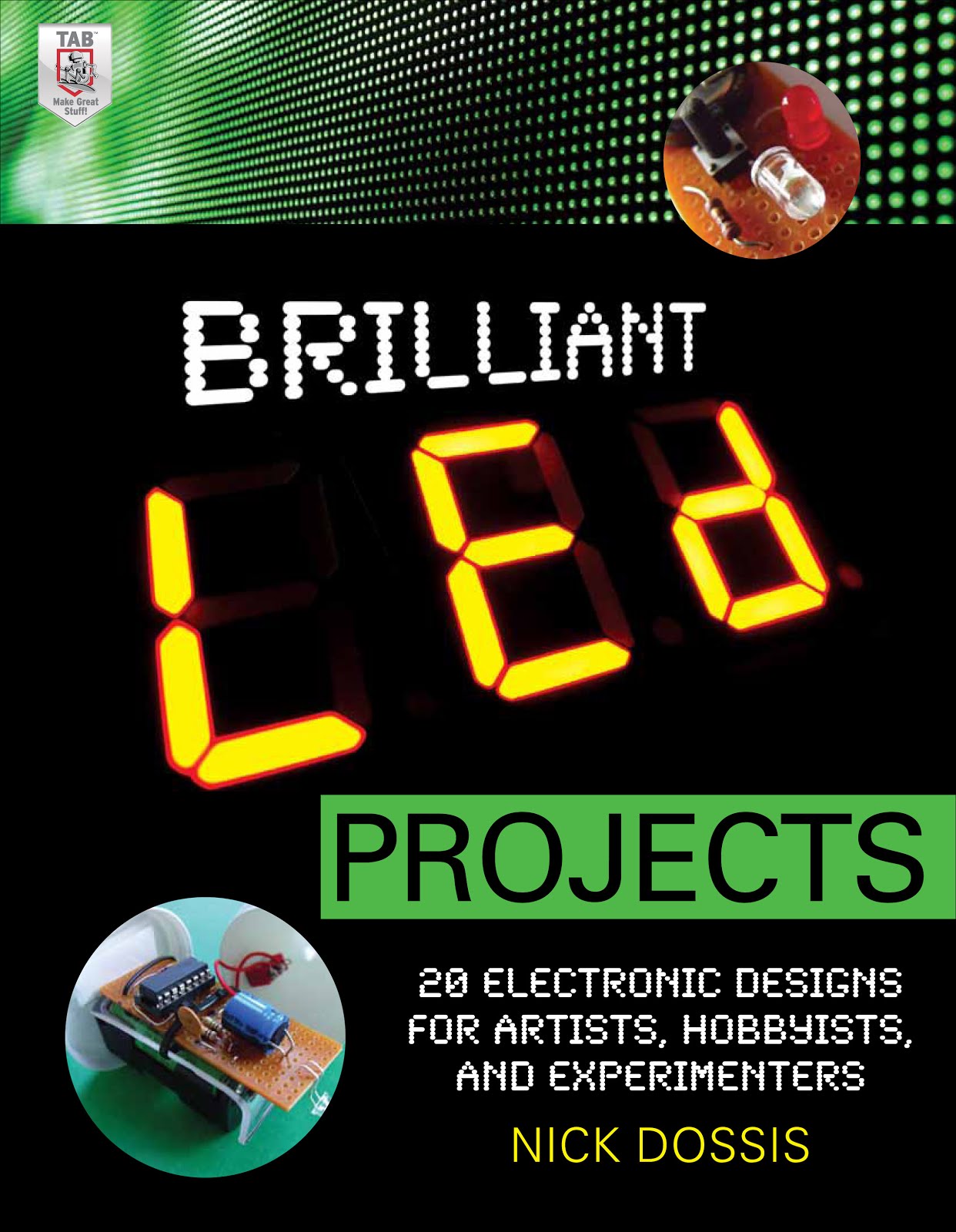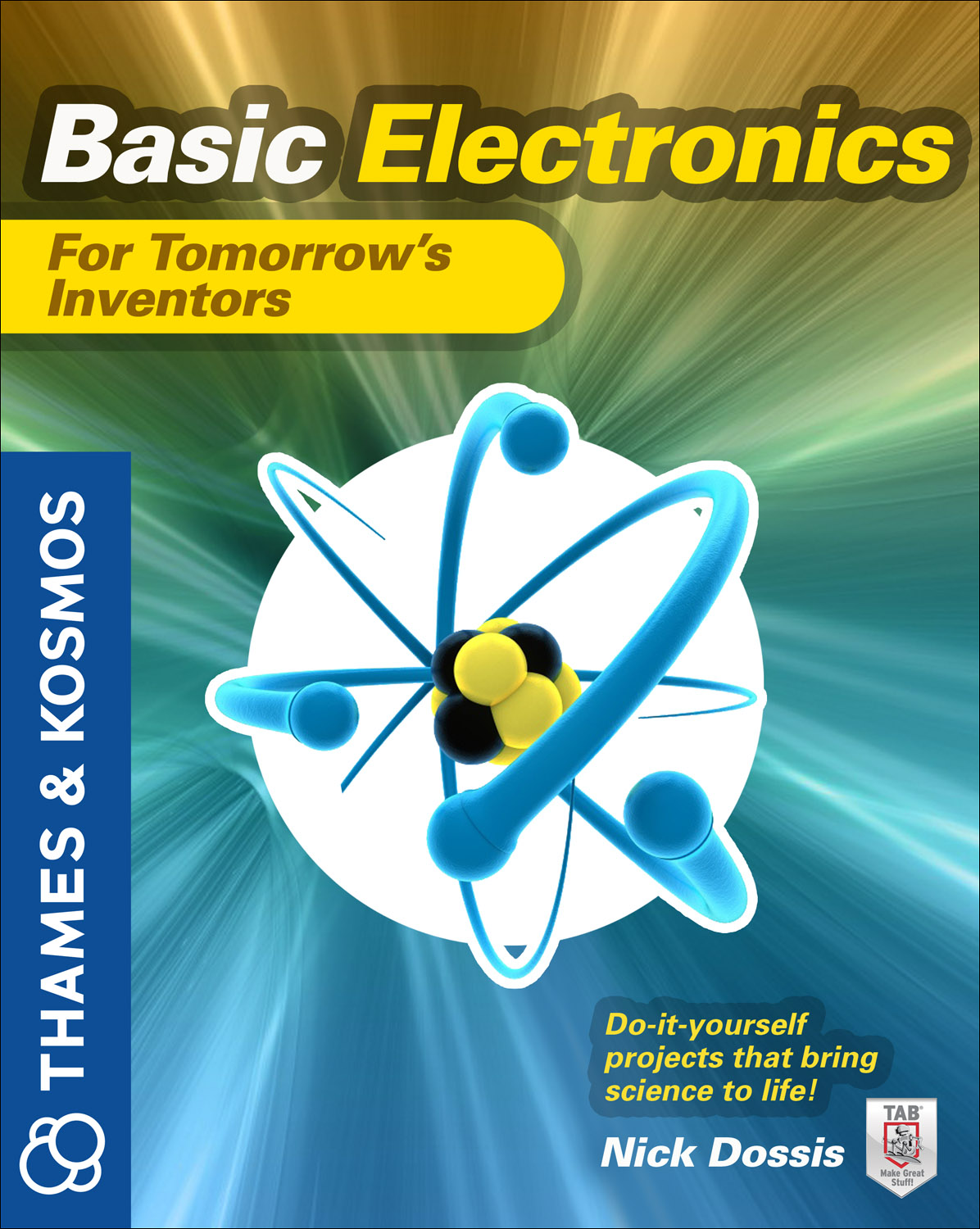You might be interested in reading another competition blog that I published recently. It's called 'ZX Spectrum v Raspberry Pi - The view of an 80's kid'. I hope you enjoy reading it. The link to reach it is shown below -
http://www.rs-online.com/designspark/electronics/eng/blog/zx-spectrum-v-raspberry-pi-the-view-of-an-80-s-kid
Thursday 5 May 2016
Tuesday 3 May 2016
How to build an Arduino Micro LCD Game Console
You might be interested in reading a blog that I wrote recently for a
competition. It's called 'How to build an Arduino Micro LCD Game
Console'. It shows you how to make a hand-held game console which
you can write your own games for. I hope you enjoy reading it. The link
is shown below.
http://www.rs-online.com/designspark/electronics/eng/blog/how-to-build-an-arduino-micro-lcd-game-console
http://www.rs-online.com/designspark/electronics/eng/blog/how-to-build-an-arduino-micro-lcd-game-console
Sunday 21 February 2016
LED Display Filter
When you make an electronic project with an LED display you can give it a more professional look by placing a filter in front of the display. This has the effect of reducing the glare of the LEDs, it also hides the display and makes it easier to read. You can buy thin pieces of plastic film that act as filters from electronics stockists, however I found another way of making a cost effective filter, by simply salvaging the lenses of 3D glasses that you purchase when you go to see a 3D film in the cinema.
The lenses of 3D glasses contain Polaroid lenses that have a grey tint to them which I found is ideal for placing in front of red LED displays. To remove the lenses you need a sharp craft knife to cut them into the shape and size that you require to match the size of your display.
WARNING! - Be careful when using a craft knife because they are very sharp. Children should ask an adult to cut the lenses to size
One of the nice properties of Polaroid lenses is that if you place the two lenses on top of each other and rotate them you can either increase or decrease the amount of light that shines through.
Depending on how bright your LED display is you can either use one or two lenses in front of your display. I am really pleased by the effect that this creates, take a look at the pictures below of a digital clock that I built using four 7-segment LED displays. As you can see the filter gives a dark appearance to the display but still allows the display to be read when it is illuminated.
The lenses of 3D glasses contain Polaroid lenses that have a grey tint to them which I found is ideal for placing in front of red LED displays. To remove the lenses you need a sharp craft knife to cut them into the shape and size that you require to match the size of your display.
WARNING! - Be careful when using a craft knife because they are very sharp. Children should ask an adult to cut the lenses to size
One of the nice properties of Polaroid lenses is that if you place the two lenses on top of each other and rotate them you can either increase or decrease the amount of light that shines through.
Depending on how bright your LED display is you can either use one or two lenses in front of your display. I am really pleased by the effect that this creates, take a look at the pictures below of a digital clock that I built using four 7-segment LED displays. As you can see the filter gives a dark appearance to the display but still allows the display to be read when it is illuminated.
Sunday 7 February 2016
Blogging again!
It's been a while since I last posted a blog, and I've decided to start again! I'll show you soon how I found a neat way of creating an inexpensive display filter which can be used in your LED projects. Watch this space....
Wednesday 12 May 2010
555 Astable Timer Module

One of the first electronic modules that I built for my box of tricks was a dual astable timer module. This is a key requirement when building most digital circuits as it is essentially the 'heartbeat' of the circuit. The photograph shows that I built two separate astable circuits on the same piece of stripboard. The top circuit is a standard astable timer the duration of which can be adjusted using the pot VR1 and by altering the values of C1, R1 and R2. These components aren't soldered into the board they are just pushed into turned pin sockets which makes it nice and easy to alter the values without having to desolder the components from the board. The bottom circuit is another astable circuit but is configured as a voltage controlled oscillator which means that when you press the red button the output clock speed is fast then when you release the button the astable speed slows down over a period of a few seconds until it finally stops. This circuit is a useful building block for flashing led circuits where you want the flashing light sequence to stop after a short while, for example a roulette wheel simulator. If anyone wants to have the component values that I used let me know.
Wednesday 28 April 2010
My Electronic Box of Tricks
After a period of about 4 years of not doing much electronic tinkering I decided at X-mas to get stuck in again. I wanted to get organised and I decided that to help me speed up the design process I needed to make myself an electronics box of tricks. It would comprise of a number of common electronic modules which could be easily linked together, such as timer modules, digital display drivers, barcode drivers, etc. This would allow me to experiment by linking boards together and would cut down the design time tremendously. This box of tricks is still a work in progress and the photo below shows my progress so far.

I used a thin piece of hardboard for the base and each electronic module is built on a rectangular piece of stripboard. These are fixed to the board using two small 4BA screws & nuts. The 4.5 volt battery supply is linked to each of the screws underneath the board and this means that the battery supply voltage is fed directly to each electronic module, one screw is positive and the other is negative. Modules can be connected together using link wire and there's also a breadboard in the centre to add more components if required. I hope you like the idea and I'll be talking more about each of the electronic modules in future blogs.

I used a thin piece of hardboard for the base and each electronic module is built on a rectangular piece of stripboard. These are fixed to the board using two small 4BA screws & nuts. The 4.5 volt battery supply is linked to each of the screws underneath the board and this means that the battery supply voltage is fed directly to each electronic module, one screw is positive and the other is negative. Modules can be connected together using link wire and there's also a breadboard in the centre to add more components if required. I hope you like the idea and I'll be talking more about each of the electronic modules in future blogs.
Wednesday 24 March 2010
Back to my electronics hobby
I've been interested in hobby electronics since I was a lot younger in the mid 70's. I don't know why it interests me but I just love to think of an unusual electronic project and then design and build it from scratch, as daft as it sounds it's my way of switching off from the daily routine. Over the years there have been many projects, & some have been better than others. I've also had some projects published in the past, one of them was a PIC microcontroller game called Pic-A-Colour which was published in the brilliant EPE Magazine.

See the EPE web link for more information.
This blog aims to show some of my ideas & I'd also appreciate some comments and feedback from like minded hobbyists. I'd also love to hear about your projects too.

See the EPE web link for more information.
This blog aims to show some of my ideas & I'd also appreciate some comments and feedback from like minded hobbyists. I'd also love to hear about your projects too.
Subscribe to:
Posts (Atom)








